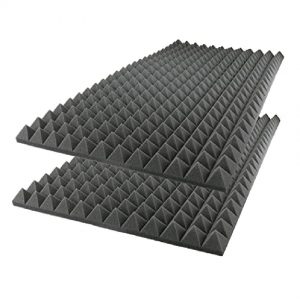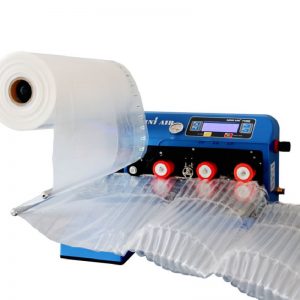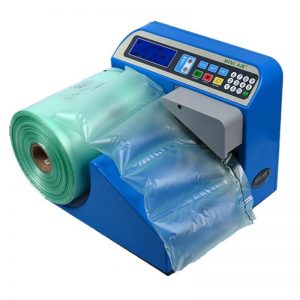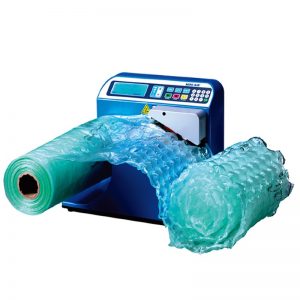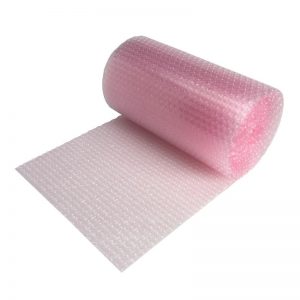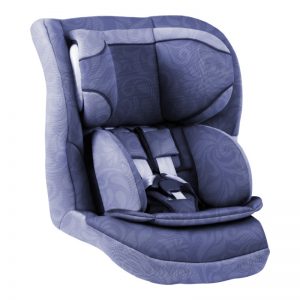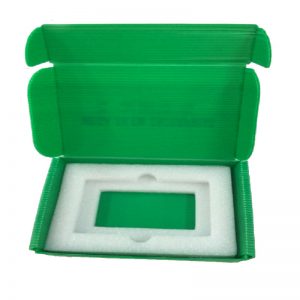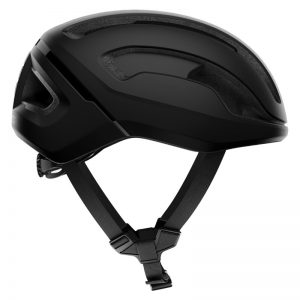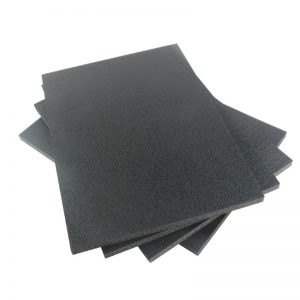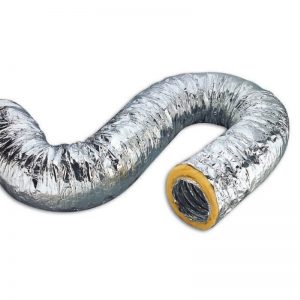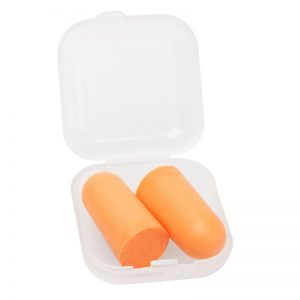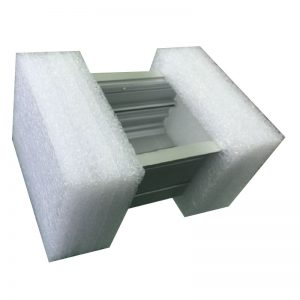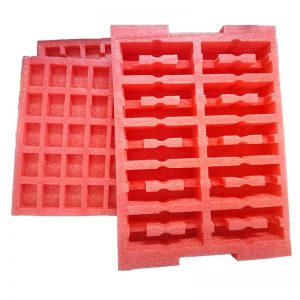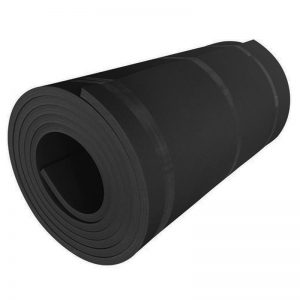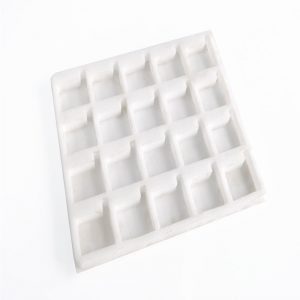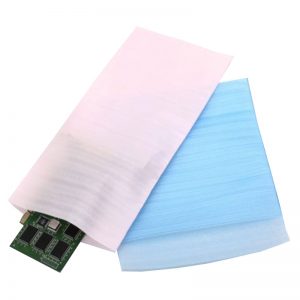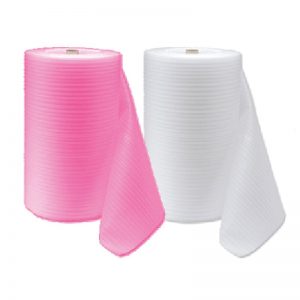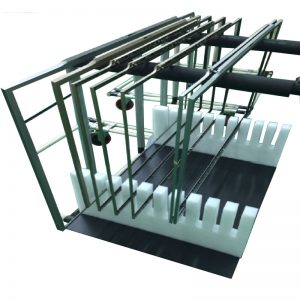- Welcome to SY POLYMER Official Website
- +607-4557057
- enquiry@sypolymer.com
Cushioning
Purpose of using cushioning materials
Goods are frequently transported which are particularly sensitive to mechanical stresses and which must consequently be protected from damage due to impact, jolting or vibration in transit. They are thus additionally protected by cushioning materials inside the shipping packaging.
Fragile goods, such as glass, ceramics, porcelain, or sensitive electronic products, such as computers and electronic home entertainment equipment, are particularly susceptible to mechanical stresses and should be protected. In addition to protecting the package contents, cushioning materials may also be used to adjust the packages to a standard size, in which case they act as adapters between nonstandard package contents and the packaging.
Mode of action of cushioning materials
Cushioning materials absorb a proportion of the kinetic energy arising when the package suffers impact or is dropped and increase the braking distance of the package contents. Correct selection and sizing of the cushioning material thus ensure that the package content suffers no damage.
Required characteristics of cushioning materials
Cushioning materials must in particular fulfil four main requirements:
Recovery is one of the most important properties of a cushioning material; it ensures that the package contents continue to be protected even when repeatedly subjected to similar stresses. If recovery is too low, the braking distance declines on constant exposure to stress, such that the resultant kinetic energy can no longer adequately be absorbed and the package contents may be damaged.
Cushioning materials must be insensitive to climatic conditions, such as moisture due to elevated relative humidity, direct solar radiation and extreme variations in temperature and their action must not be impaired by such exposure.
Especially in the case of package contents which are at risk of corrosion, it is important that the cushioning materials are not hygroscopic and consequently do not promote corrosion. They should furthermore not contain any aggressive constituents (neutral pH), which could contribute towards corrosion. The cushioning material and package contents should not interact and possibly impair each other’s properties.
Use of the cushioning material should be effective, simple, environmentally compatible and cost-effective.
Selection criteria for cushioning materials
Sensitivity classification of package contents
If it is to be possible to dimension the cushioning material properly, it is essential to know what stresses it can withstand without suffering damage. Since industrial equipment in particular today consists of many different components of differing levels of sensitivity, it is very difficult to provide a general classification of goods. The manufacturer will in each instance be able to provide precise details about the sensitivity of their product. However, in addition to acceleration, the duration of any impact must always also be taken into account. The longer the duration of any impact, the greater is the risk of damage.
Stresses during transport
The stresses arising during transport are the second important parameter in selecting a cushioning material. These stresses may be highly variable and it is extremely difficult to determine exactly what they will be. The greatest stresses occur if the packaged items are thrown or dropped. This is why the potential drop height of a package as a function of its weight is used as a measure of stress.
Showing 1–18 of 33 results

